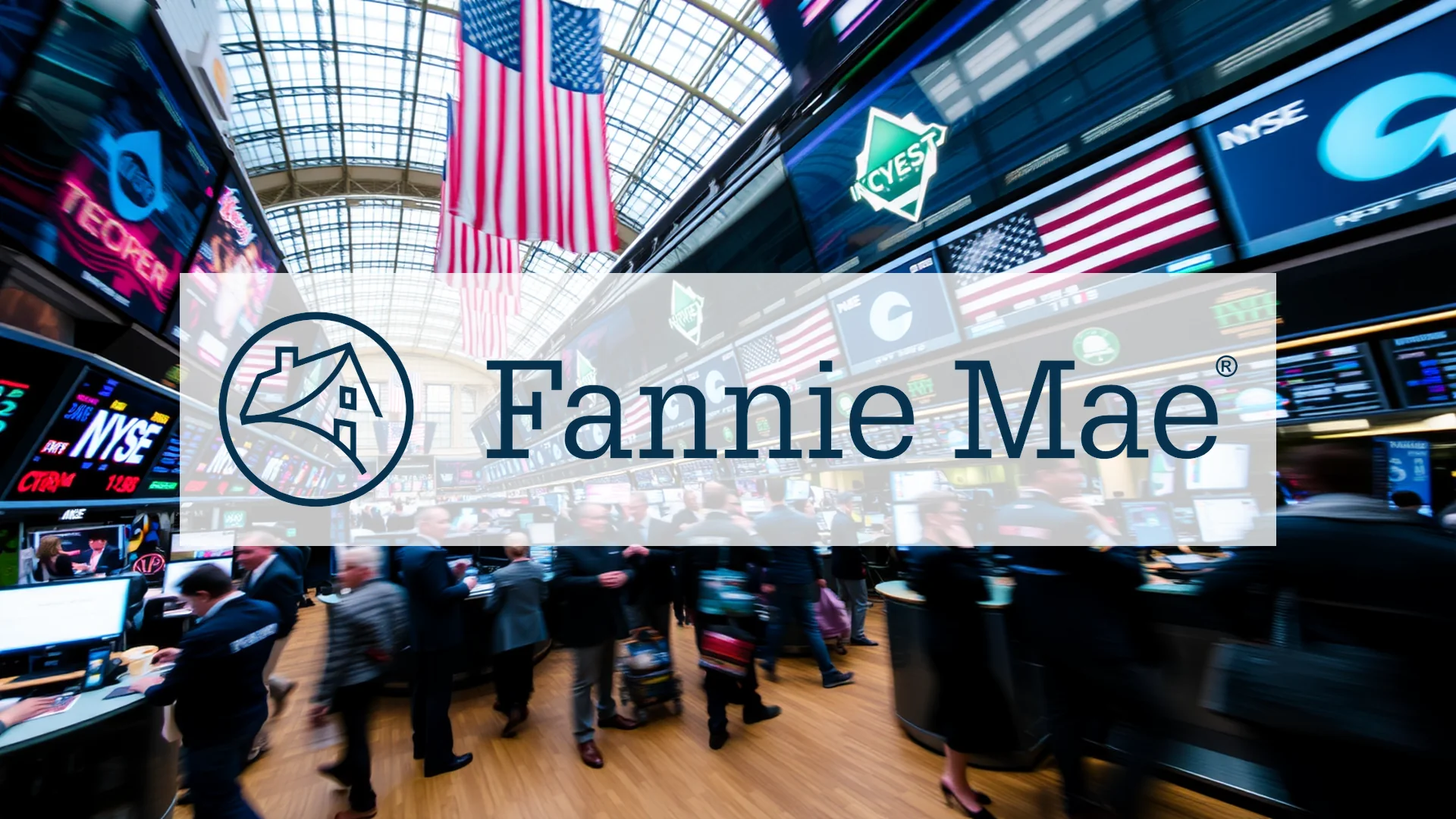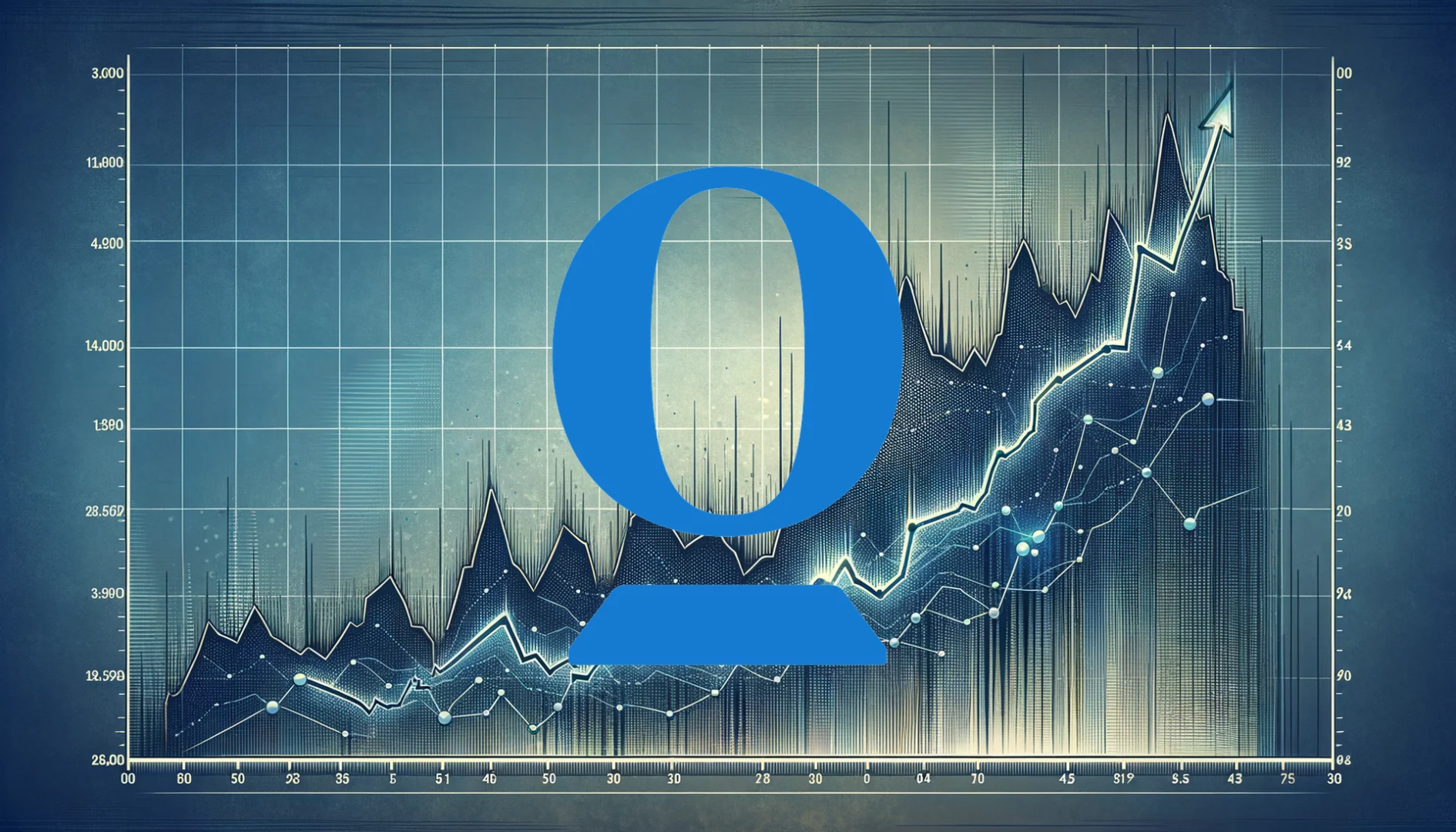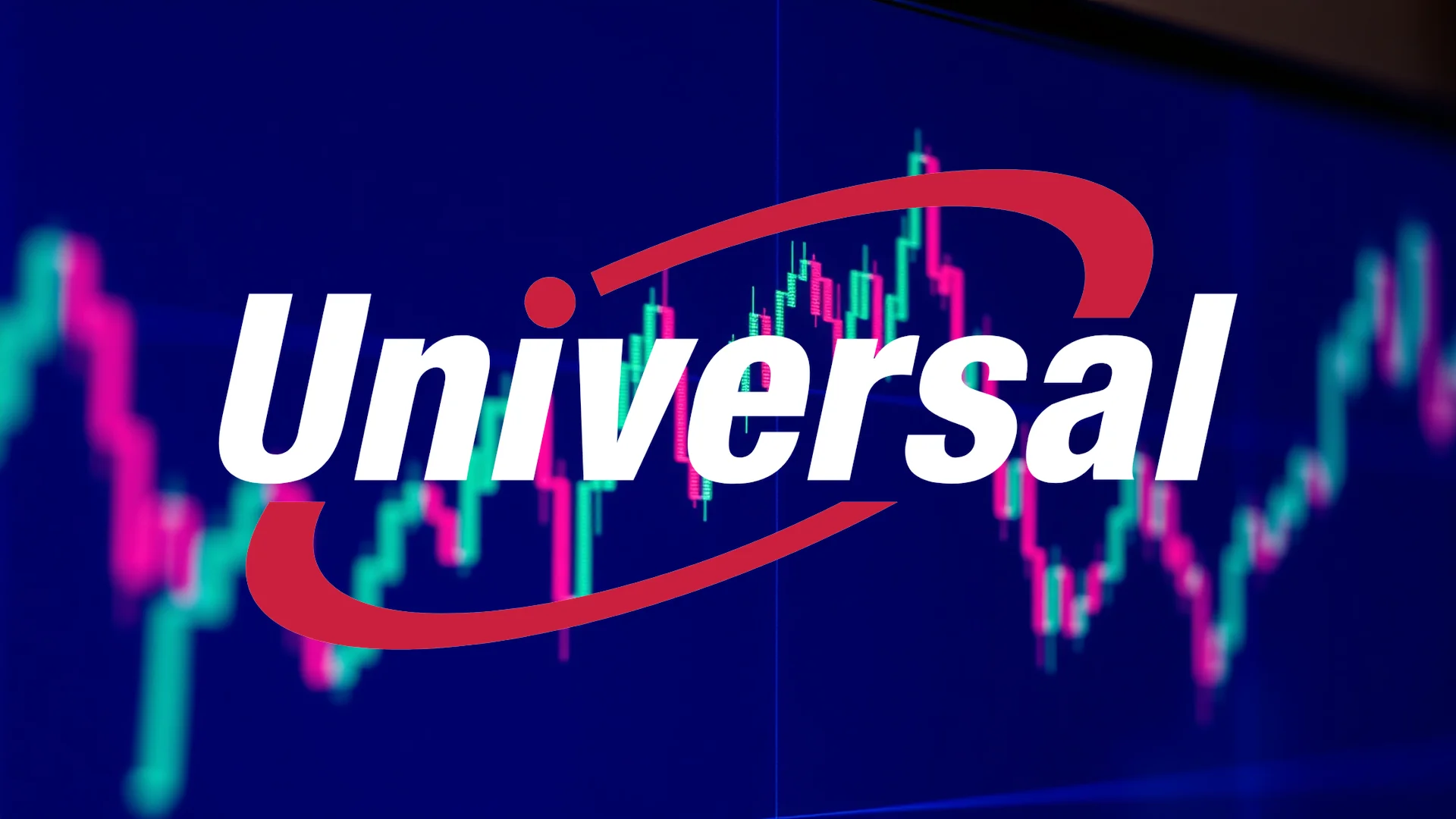Wall Street analysts find themselves at odds regarding Salesforce’s trajectory, creating a divided investment landscape. The catalyst for this debate stems from a paradoxical development: the very success of the company’s artificial intelligence platform, Agentforce, has precipitated the elimination of more than 350 positions. This move underscores the ironic reality that the automation designed to drive efficiency is simultaneously rendering human roles redundant, presenting a complex puzzle for shareholders to decipher.
Strong Quarterly Performance Meets Cautious Outlook
The cloud-based software giant recently posted robust second-quarter results, surpassing market expectations. Revenue reached $10.24 billion, while adjusted earnings per share came in at $2.91. Chief Executive Officer Marc Benioff highlighted the remarkable traction of the firm’s AI and data offerings, announcing that products like Data Cloud have generated over $1.2 billion in annual recurring revenue—a staggering increase of 120%.
However, the positive earnings were quickly tempered by a third-quarter revenue forecast that fell slightly short of Wall Street’s projections. This guidance suggests that the massive investments funneled into artificial intelligence have not yet matured into the anticipated financial returns, creating a point of concern for the market.
A Clash of Analytical Perspectives
This mixed financial picture has led to a clear split in analyst sentiment. On one side, Goldman Sachs maintains an optimistic stance, characterizing AI as a “multi-year tailwind” for Salesforce. The firm points to accelerated growth in core segments and the impressive milestone of Data Cloud’s recurring revenue surpassing the $1 billion mark.
Should investors sell immediately? Or is it worth buying Salesforce?
In contrast, investment firm Wedbush has adopted a more cautious posture, electing to reduce its profit estimates for the company. This revised outlook reflects a broader sense of uncertainty that has lingered since the release of the quarterly report on September 3.
The Human Cost of Automation
The company’s strategic direction is now visibly impacting its workforce. The recent decision to cut over 350 jobs in San Francisco and Seattle, effective November 3, serves as a direct consequence of Agentforce’s capabilities. The AI platform now manages a significant portion of customer service operations, thereby reducing the need for support engineers. This efficiency gain presents a classic dilemma: technological progress achieved at the expense of employment.
Despite these internal changes, Salesforce has raised its full-year revenue guidance to a range of $41.1 billion to $41.3 billion. The central question for investors now is whether the AI revolution will yield returns swiftly enough to convert the prevailing skepticism into confidence in the upcoming quarters.
Ad
Salesforce Stock: Buy or Sell?! New Salesforce Analysis from December 8 delivers the answer:
The latest Salesforce figures speak for themselves: Urgent action needed for Salesforce investors. Is it worth buying or should you sell? Find out what to do now in the current free analysis from December 8.
Salesforce: Buy or sell? Read more here...










